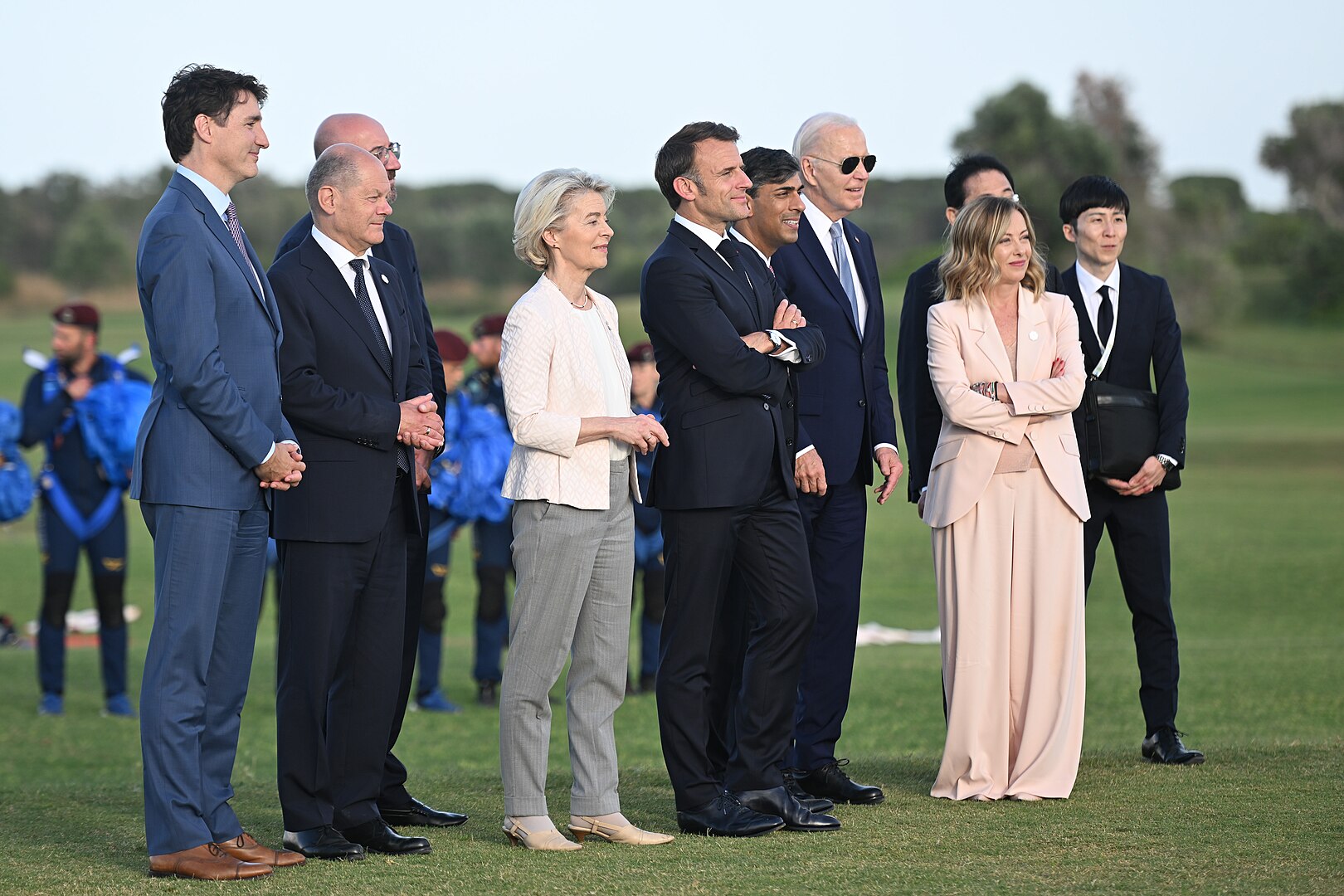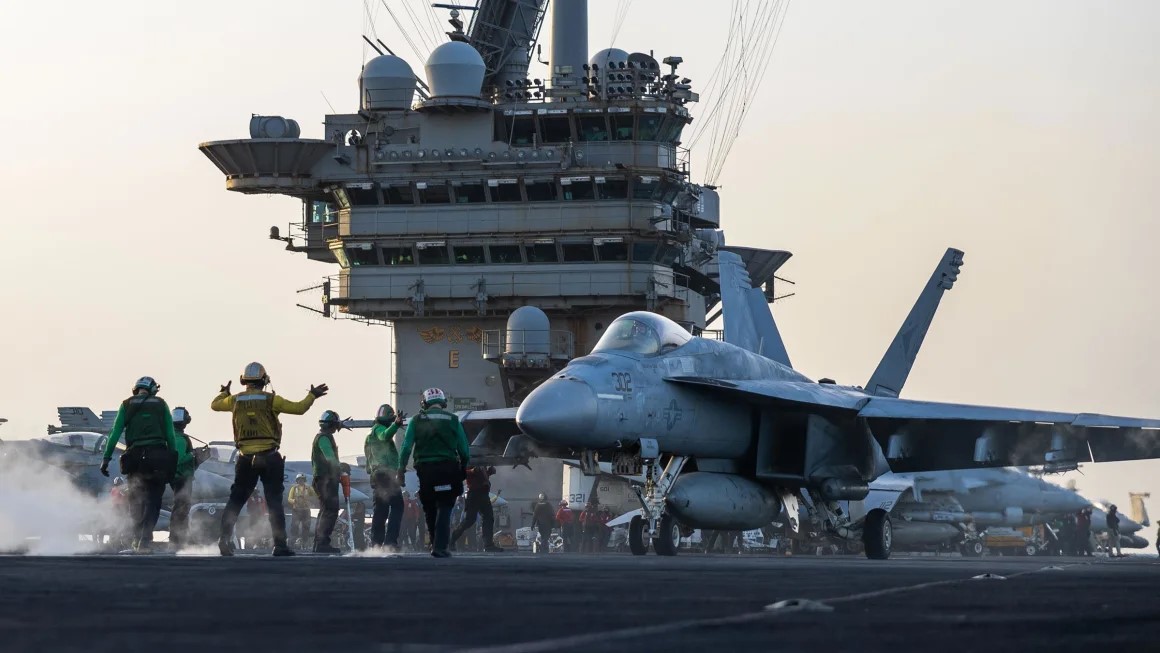PICTURED: British warships, pennants painted over, off Gibraltar in March 1982, heading for the Falklands. PC: Pete Reeves CC 4.0.
LONDON, UK. January 2nd 2021. Recent declassified files marked “Top Secret Atomic” released to the National Archives in the UK show that 31 nuclear weapons were deployed on warships during the 1982 Falklands War.
Internal debates in Prime Minister Margret Thatcher’s cabinet reveal that while the Ministry of Defense harbored “huge concern” over the chance that some of the weapons could be “lost or damaged and the fact become public,” the Royal Navy did not want to offload them.
Reporting on the recent files for Declassified UK, reveals that an original plan to stop at Ascension Island in the South Atlantic was revoked by the Navy as it would delay the timing of Operation Corporate (the campaign to retake the Falklands) and that the operation would not be kept secret.
“In the event of tension or hostilities between ourselves and the Soviet Union concurrent with Operation Corporate the military capability of our warships would otherwise be severely reduced,” the MoD noted, weighing the pros and cons of denuclearizing the fleet. They added that the risk of a Hiroshima-like detonation was zero, but that exposure to “fissile material” could result in “50 additional deaths” from cancer.
Fearing damage to the weapons and the subsequent discovery, the Navy ordered the weapons be transferred from the cruisers and destroyers onto the larger aircraft carriers where they could be better protected. By operation’s end, the HMS Hermes had 18 nuclear depth charges on board, while the HMS Invincible, which also carried Prince Andrew, serving as a helicopter pilot, had 12. The Royal Fleet Auxiliary ship, Regent carried the remainder.
The HMS Sheffield, one of the destroyers that may had previously been carrying a nuclear weapon, was sunk by an Argentinian Exocet missile in May of 1982, prompting the Foreign Office’s top official, Sir Antony Ackland to write to the MoD saying “I was very glad to have your confirmation that HMS Sheffield was not carrying an inert round when she was hit”.
The incident is yet another nuclear near-miss during the years of the Cold War, the number of which has increased steadily as the years pull further away from the old 40-year standoff.
Last May for example, Pentagon Papers whistleblower Daniel Ellsberg leaked the full documented history of the 1958 Taiwan Strait Crisis, during which the Joint Chiefs of Staff concocted a fully-fledged battle plan to defend the offshore islands with nuclear weapons. The histories were not scheduled to be declassified.
President Eisenhower wrote in his memoirs that he was “continuously pressured – almost hounded – by Chiang [Chinese nationalist Generalissimo Chiang Kai-shek] on one side and by our own military on other requesting delegation of authority for immediate action on Formosa [Taiwan] or the offshore islands…”
The leaked documents show that this pressure, this hounding, was over the delegation of use of nuclear weapons, which the JCS planned to use to “to destroy the war-making capability” of China starting with bases near Xiamen and going as far north as Shanghai. This plan contained little regard for Chinese civilian casualties, despite many of the Joint Chiefs being active duty when Hiroshima was bombed, and despite the fact that they anticipated it would “almost certainly involve nuclear retaliation against Taiwan and possibly against Okinawa….”


